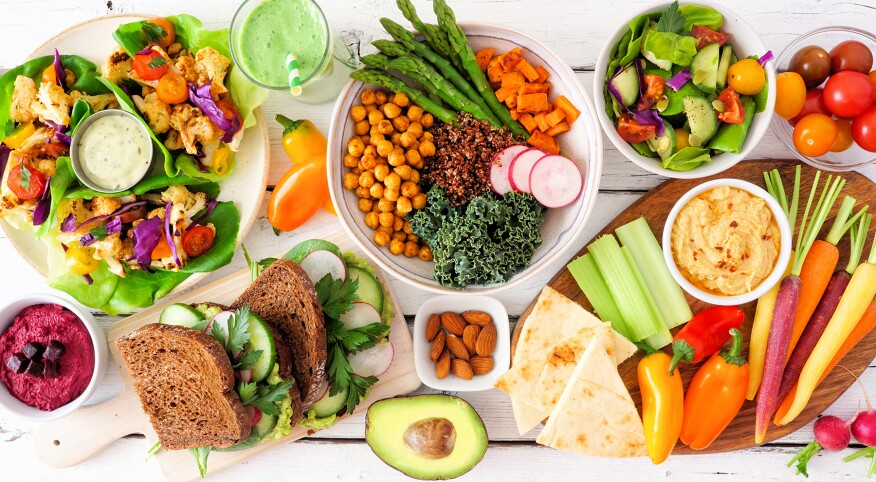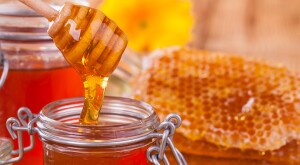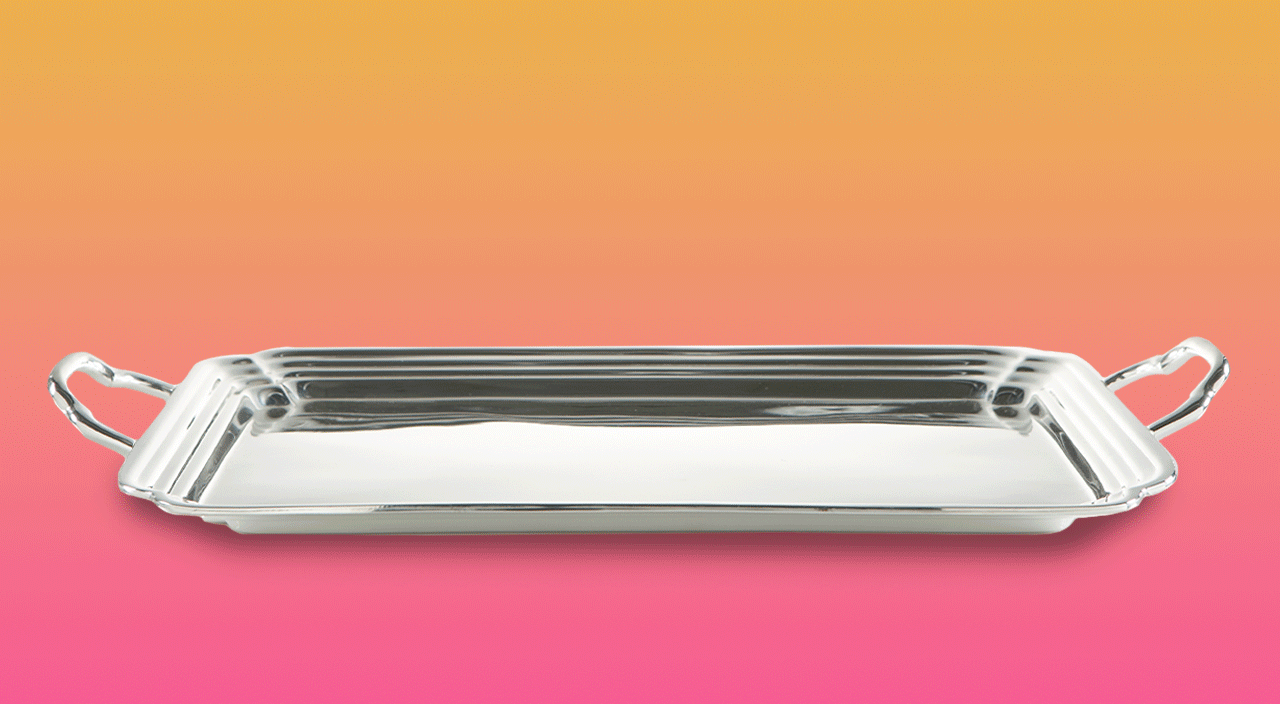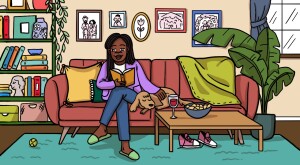If you’ve recently thought that it seems as if everyone in your sister circle is going vegan, you might be right. According to a Pew Research Center survey from 2016, 8 percent of Black Americans identified as vegetarian or vegan, compared with 3 percent of all Americans. More recently, a 2019 Gallup Poll revealed that nearly a third of people of color in America had cut down on meat, while only a fifth of white Americans reported a similar dietary shift. Black Americans are becoming the face of veganism and Black women are leading the way.
In 2020, Tracye McQuirter, a nutritionist and the author of Ageless Vegan and By Any Greens Necessary, launched a campaign to help 10,000 Black women go vegan. More than 15,000 women signed up for the program, which included meal plans, workbooks and workshops.
And now she has an even bigger goal. McQuirter has started a nonprofit organization with the mission of helping 10 million Black women go vegan in the next 10 years.
When asked why she thinks so many Black people, especially Black women, are going vegan, McQuirter simply replies, “It’s the smart thing to do.” Studies have linked plant-based eating to reduced risk of heart disease, diabetes, certain cancers (including breast cancer) and depression. Furthermore, plant-based eating has also been found to improve mental and physical function in older adults.
Jasmine C. Leyva, a vegan actress and filmmaker, admits that she once feared she was destined to suffer from cancer, type 2 diabetes, heart disease, high blood pressure or high cholesterol simply because she’s a Black woman. “But when I switched over to plant-based eating, I felt the change in my body,” she says. “My skin, digestion and menstrual issues began to heal, and it was the first time I felt the healing power of food.”
Leyva is the visionary behind The Invisible Vegan, a 90-minute independent documentary that explores the unhealthy dietary patterns that plague some Black families and how plant-based and vegan diets can pave the way to wellness.
One of the myths she hopes the film will help dispel is the idea that veganism is “a white thing.” Though Black veganism has been making headlines in the past five years, McQuirter stresses that this is not new. “We’ve been pioneers in this movement,” says McQuirter, who’s been vegan for nearly 35 years.
If you’ve been considering going vegan or simply cutting back on meat, but you think doing so means you’ll no longer be able to enjoy food or fellowship with family and friends, think again. McQuirter and Leyva offer tips on how you can actually enjoy plant-based eating.Detox Your Mind
Before you can change your eating habits, you have to change your mind first. That’s why McQuirter’s top tip for women looking to go vegan or plant-based is to know your why.
“Be clear about why you want to go vegan or plant-based,” she says. Maybe you want to fight off a chronic disease. Maybe you’re going vegan for spiritual, ethical or environmental reasons. Or perhaps you just want more energy to play with your children or grandchildren. “Decide on at least one big reason, write it down and put it somewhere you can see it every day,” McQuirter says.
She and Leyva both agree that education is also key. “Educate yourself on veganism and the current food system so you understand how what's on your plate affects everything,” Leyva says. Read books, watch documentaries and follow vegan or plant-based influencers like Tabitha Brown and Desirée Daniels for delicious recipes and inspiration.Slow and Steady Wins the Race
As you start this journey, be patient with yourself. “The same way get-rich-quick schemes do not work, trying to change an entire lifestyle overnight might result in reverting back to old ways,” Leyva says. “If you find plant-based eating challenging, try transitioning in stages.” You could start with a single recipe, such as vegetarian chili.
McQuirter recommends starting with giving your favorite simple dishes a meatless makeover. If you like shrimp or chicken stir-fry or a hearty pasta dish, swap out the meat with chickpeas, lentils, almonds or cashews or a meat substitute like tofu or tempeh. Trade your beef or chicken tacos for black bean tacos. Pizza lovers can skip the pepperoni and opt for a homemade veggie pizza instead with lots of mushrooms and olives.
Remember, the seasonings, spices and dried herbs you love like paprika, cayenne and garlic are already vegan, so you don’t have to give up flavor as you’re giving up meat. And occasionally you can treat yourself to a dessert like this this vegan pecan pie.Find Your People
When McQuirter went vegan in 1986, her mother and one of her sisters decided to make this switch with her. “It made all the difference because we didn’t know other vegans or vegetarians at the time,” she says. In the 1980s, there were no online plant-based eating groups to join or vegan influencers to follow.
Lucky for you, the internet can help you find a community to help on your quest to eat less meat. So, even if your family is giving you the side-eye, you don’t have to go it alone. “It is easier to make positive changes in your life when you have cheerleaders and people helping you with the transition,” Leyva says.
McQuirter says many of the women who signed up for her 2020 program were drawn to it because it also included a Facebook group and Zoom meetings. “I stressed that we were doing it together and there would be a community,” McQuirter says. “Community is crucial if you have it and if you don’t have it, try to create it.”

Getty Images













